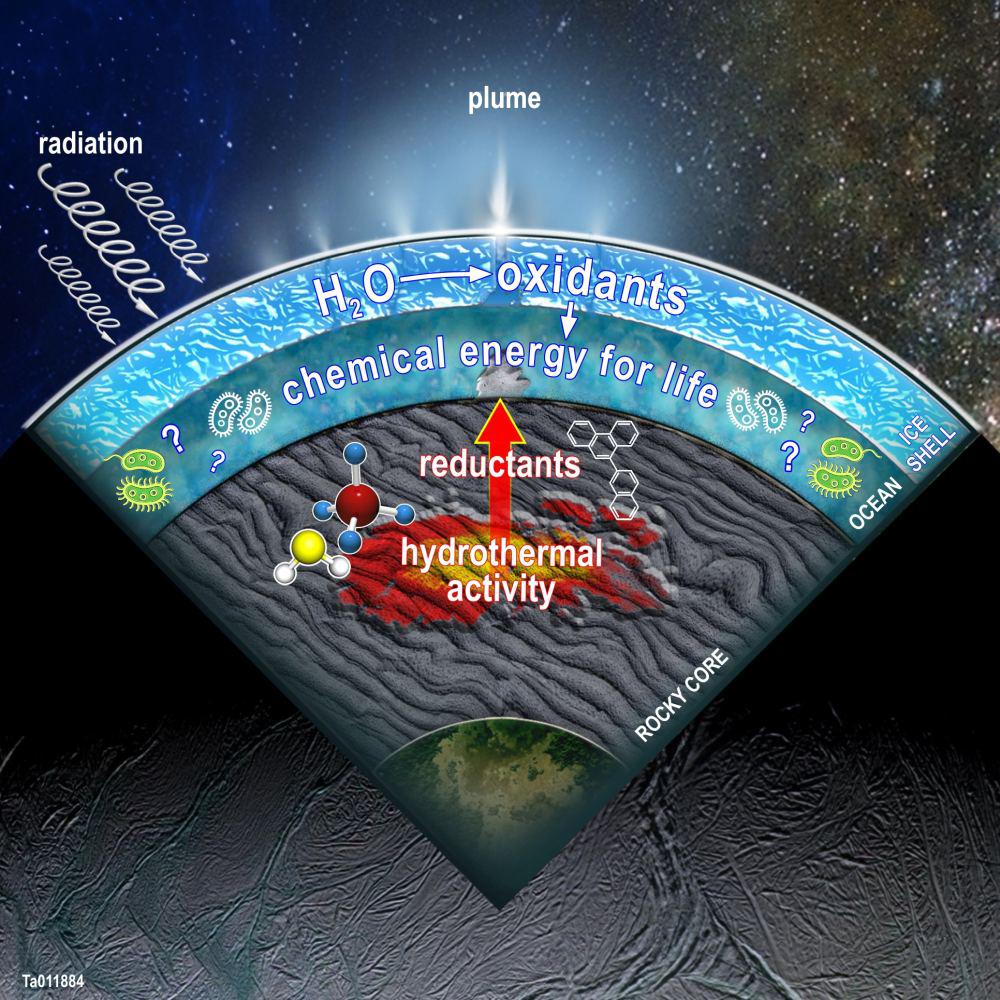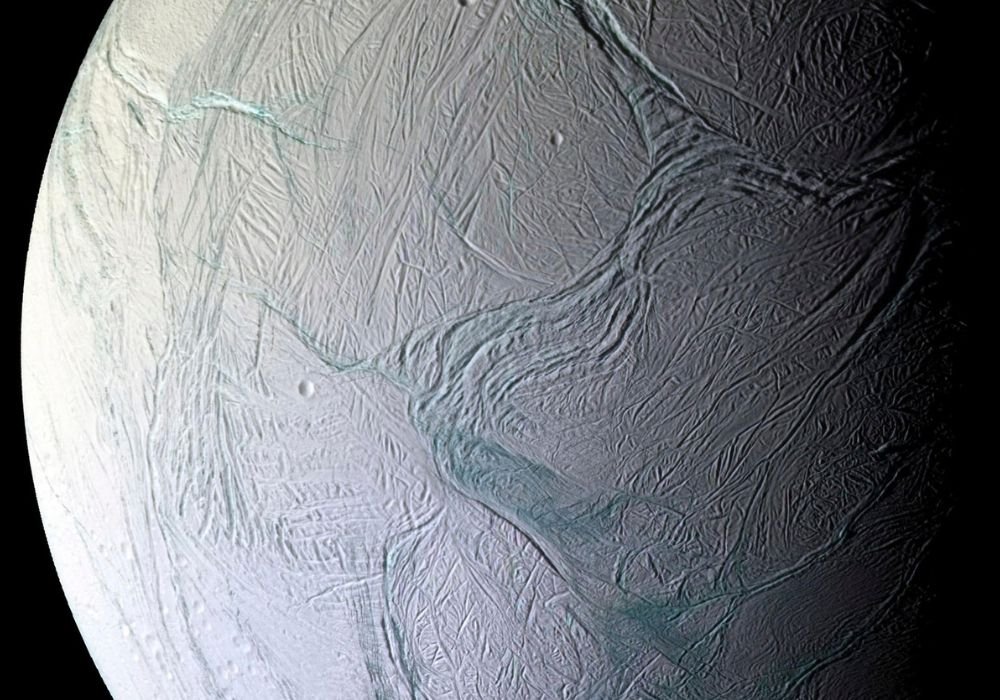While scientists are interpreting the data sent from Saturn by the Cassini spacecraft, which ended its research in 2017, To the planet’s oceanic moon Enceladus as the source of life in our Solar System. In a new study that has not yet been peer-reviewed, researchers report the discovery of elements consistent with possible ecosystem models on Saturn’s moon.
During a historic flyby in 2008, Cassini discovered geyser-like clouds of water erupting from the icy crust of Enceladus. Analyzing the expelled water with the Cosmic Dust Analyzer (CDA), the probe found a mixture rich in substances such as carbon dioxide, water vapor and carbon monoxide. There were also traces of molecular nitrogen, simple hydrocarbons and complex organic substances.
The study focused on the presence of ammonia and inorganic phosphorus in the Enceladian ocean, elements that play important roles in aquatic and terrestrial ecosystems. Based on this, the authors used metabolic and ecological theory to make the assessment. How could these chemicals make this moon life-supporting?
Application of ecological theory to Saturn’s moon
The ecological theory used in the study is based on the Redfield index, an empirical relationship between the chemical elements carbon (C), nitrogen (N) and phosphorus (P) made by American oceanographer Alfred Redfield. suggests this There is a balance between the components of the aquatic environment and the nutrients of plankton and zooplankton..
In 1934, Redfield fixed the ratio of carbon to nitrogen and phosphorus (C:N:P) at 106:16:1, valid for all of Earth’s ocean biomass.
But that’s why exact numbers are not the critical point but the vital part. Therefore, the so-called Redfield ratio reveals a remarkable unity between the chemistry of creatures on the ocean floor and the ocean itself.
Assessing life expectancy on Enceladus

Using chemostatic models, the authors evaluated the possibility of methanogenesis (metabolization of methane) as done by Earth’s archaea, as biochemical modeling shows that: terrestrial methanogens are consistent with those found in the Enceladus ocean.
Applying the Redfield index, researchers have developed a new, more detailed model to assess the likelihood of life emerging on Saturn’s moon. But despite the presence of phosphorus, the overall rate was thought to be “limiting for Earth-like cells.”
In recent reviews, the authors claim: the large distance only allows the identification of individual chemicals, but not the overall chemistry of Enceladus. If a broader observation like Redfield’s is made, it may turn out that “non-terrestrial life forms rearrange chemicals in completely different ways.”
Did you like the content? Stay up to date with astronomy research like this on TecMundo and take the opportunity to share the article on your social networks.
Source: Tec Mundo
I’m Blaine Morgan, an experienced journalist and writer with over 8 years of experience in the tech industry. My expertise lies in writing about technology news and trends, covering everything from cutting-edge gadgets to emerging software developments. I’ve written for several leading publications including Gadget Onus where I am an author.












